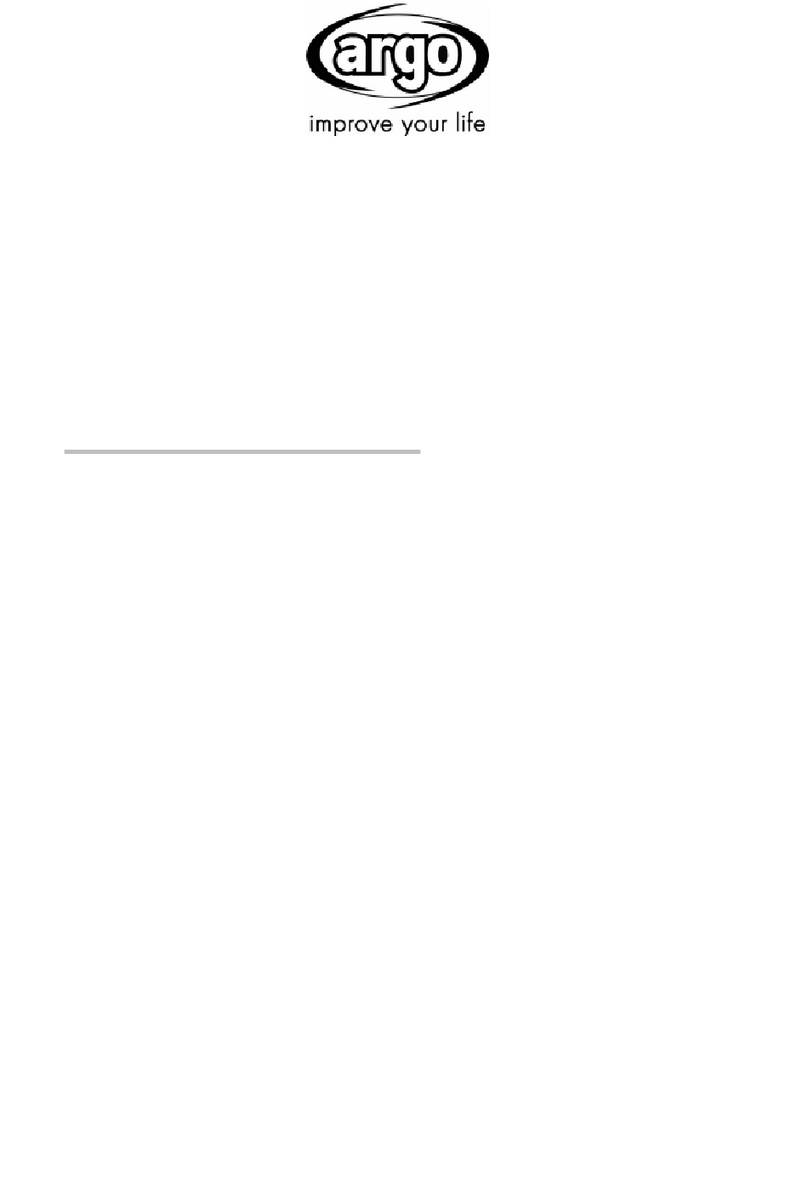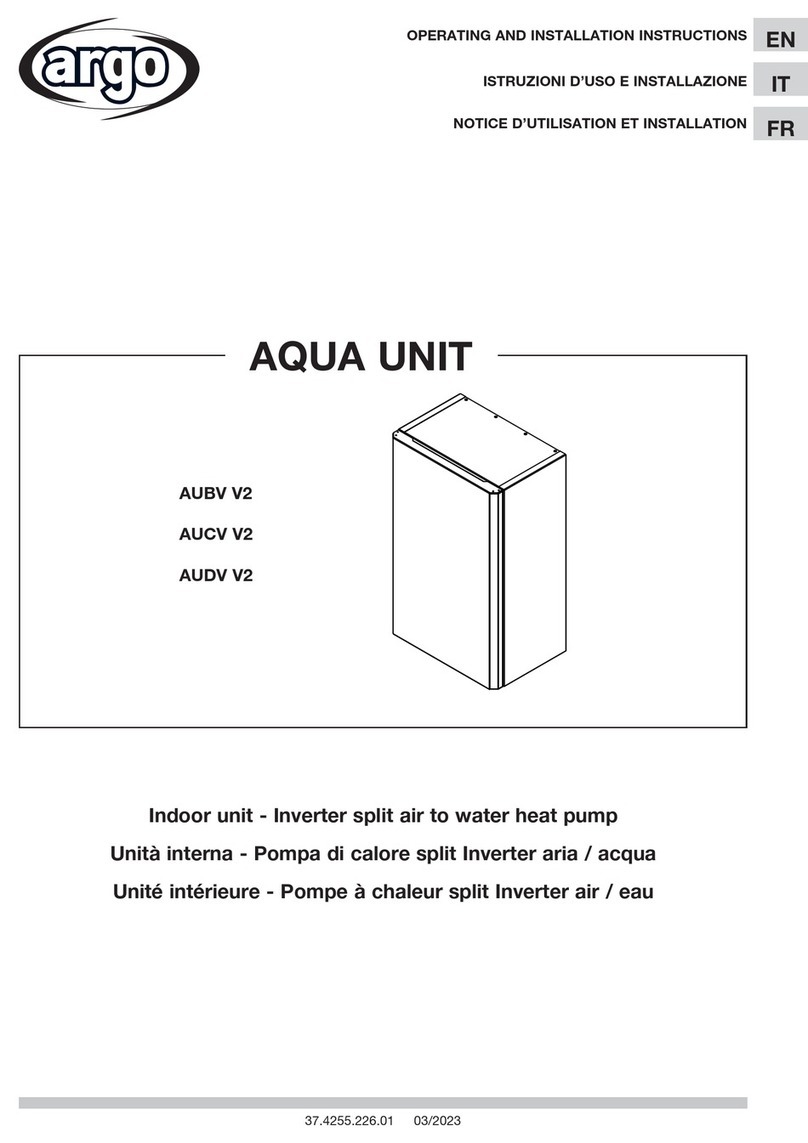
3
Contents
Diagram of the Operating Principle..................................................................................14
Radiant floor heating and DHW with 3-way valve and tank ............................................15
Heating and cooling with fan coils and DHW with 3-way valve and tank.......................16
Radiant floor heating with single thermal zone and DHW with 3-way valve and tank ..17
Operating Principle of the Unit .........................................................................................18
Model Line-Up....................................................................................................................19
Main Components..............................................................................................................20
Installation Guideline of Monobloc Unit...........................................................................21
Instruction to installation .............................................................................................21
Installation of monobloc unit .......................................................................................21
Selection of installation location of monobloc unit .......................................................................................21
Outline dimension of monobloc unit ............................................................................................................21
Space requirements for installation.............................................................................................................22
Precautions on installation of monobloc unit ...............................................................................................22
Water connections of monobloc unit ...........................................................................................................23
Usage of rubber rings..................................................................................................................................23
Control panel wire connection.....................................................................................................................24
Safety operation of flammable refrigerant....................................................................................................24
Installation of Hydraulic Unit ............................................................................................25
Available external static pressure of outlet..................................................................25
Expansion vessel........................................................................................................27
Ambient temperature and leaving water temperature upper limit ................................27
Remote Air Temperature Sensor......................................................................................28
Thermostat.........................................................................................................................29
Control Panel .....................................................................................................................30
2-Way Valve........................................................................................................................31
3-Way Valve........................................................................................................................32
Other Thermal....................................................................................................................33
Optional Electric Heater ....................................................................................................34
Gate-controller...................................................................................................................35
Charging and Discharging of Refrigerant........................................................................35
Leak Detection Methods.............................................................................................36
Installation of Insulated Water Tank.................................................................................36
Installation measure....................................................................................................36
Requirements on water quality....................................................................................38



































